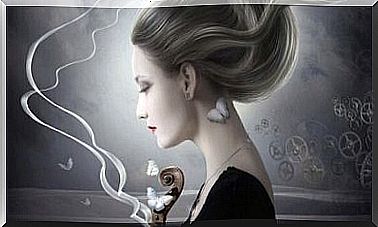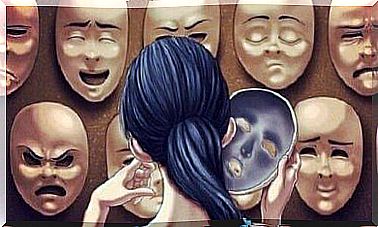Vincent Van Gogh And The Power Of Synesthesia In Art
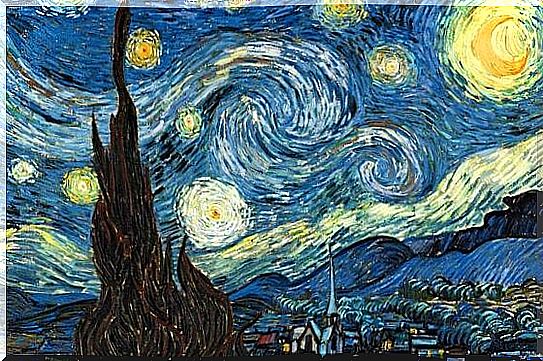
Vincent Van Gogh explained in his letters that for him the voices had their own colors and that certain colors, such as yellow and blue, were like fireworks to his senses. His paintings Sunflowers and Starry Night are still shaky paintings full of life and movement. It is now clear that this famous post-impressionist genius was synesthetic.
This may be new information for many. However, this has long been clear from the analyzes of the letters Van Gogh sent to his brother Theo, or even from the analyzes of his paintings. The American Synesthesia Association (ASA), for example, has shown how Van Gogh used “photism” in his style. This means the sensory reaction experienced by people suffering from chromatism.
Chromatism refers to a sensory experience in which a person combines sound with color. The sharpest sounds, for example, produce vivid, vibrant, and brilliant colors. Colors, in turn, can also create auditory or musical feelings.
This is what happened e.g. To Franz Liszt as he composed. Van Gogh, that genius on the fringes of madness and manic depression, also experienced this. He left this world unaware of what he would create or how they would change time.
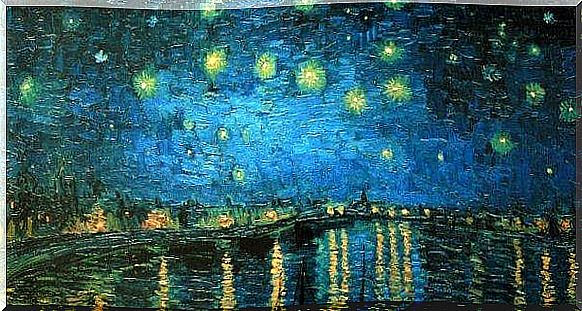
Vincent Van Gogh and the World of Colors
In 1881 Vincent Van Gogh wrote a letter to his brother The Hague. In this letter, he said that each artist has their own color palettes, and that these shades of color were the artist’s way of moving from the darkness of his heart toward light. He also commented that some artists had the majestic ability to use their hands with the virtuosity of a violinist and that certain works became pure music.
A few years later, in 1885, Van Gogh decided to learn to play the piano. However, this experience was short and ended in the worst way. Just shortly after the start of piano lessons, Van Gogh declared that the playing was too crushing: every note evoked a color in him. His teacher, amazed at his words, threw him out of piano lessons and declared Van Gogh crazy.
This makes us smile a little. After all this “madness” of Vincent Van Gogh, his experimental combination of chromatic emotions with music became his greatest gift. It is a nuance that probably gave his art an exceptional expressiveness and delicate richness that had hardly been found before.
His powerful drawings, for example, gave movement to every detail. Yellow gave him joy, a touch of hope that he lacked in his life.
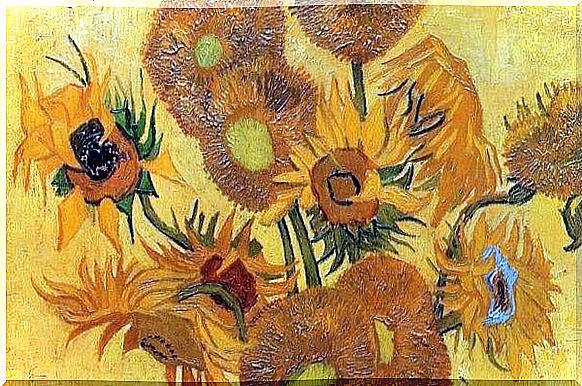
Experiencing life unlike others
Many of Vincent Van Gogh’s colleagues complained that his colors had nothing to do with reality. But Van Gogh didn’t care. Colors were a way for him to express, and they were a search for certain emotions and feelings.
As he once explained to his brother, he felt incapable of copying reality. His hands, mind, and eyes never managed to agree with nature, or anything that others could clearly see. For Van Gogh, the world had a different rhythm; he had other perspectives, other forms that he had to shape in his own way. Synesthesia allows a person to experience life in an almost privileged but special way.
Synesthesia and art
Synesthesia is not a disease; this we need to make clear. It is a neurological state in which communication between the senses is unusual, and this allows a person to see sounds, taste colors, or hear shapes.
Elisabeth Sulser is a good example of this. He is the only person in the world who has all these qualities: he perceives colors when he listens to music, and in addition to this he can also taste them.
According to neurologists, when we are born into this world, we are all synesthetic, but as our neuronal structures mature, these senses specialize in distinguishing one sense from another.
Synesthesia, for example, is really common among musicians, and also among painters and writers such as Van Gogh and Vladimir Nabokov. It also turns out that a large portion of Van Gogh’s family had this gift, but he felt like they didn’t take advantage of it as much as they could have – especially because they didn’t understand it.
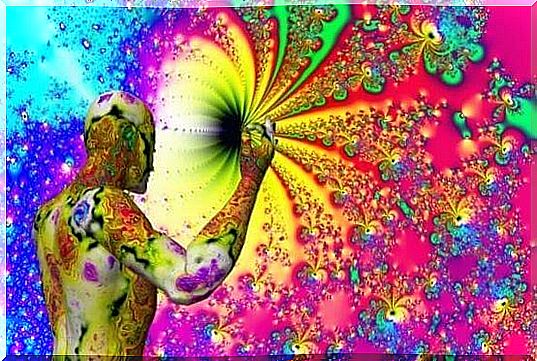
This was what Vincent Van Gogh himself had to experience: the sensations that the world before his eyes and ears was immediately chaotic and confusing. He felt it was just part of his madness in the eyes of the world. Today, however, we know that synesthesia puts special glasses on a person’s eyes with which he or she can see a fantastic reality.


